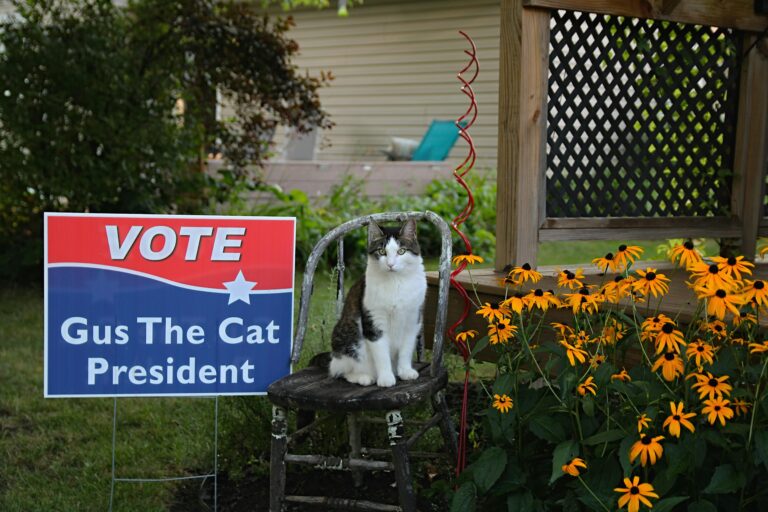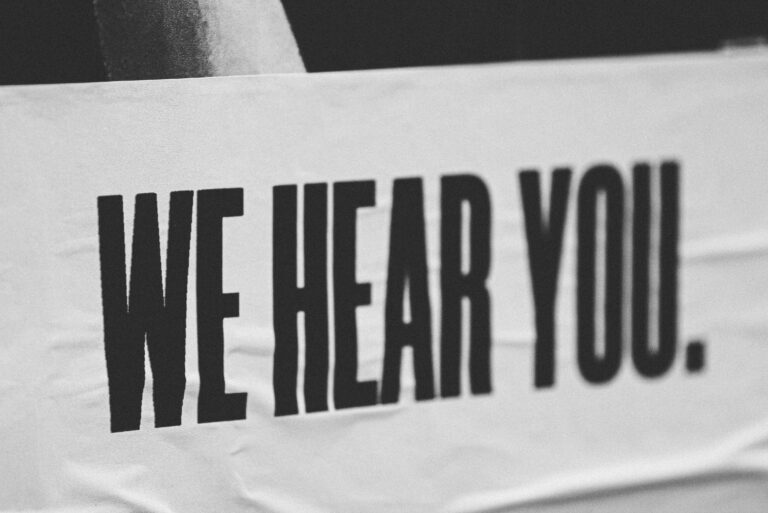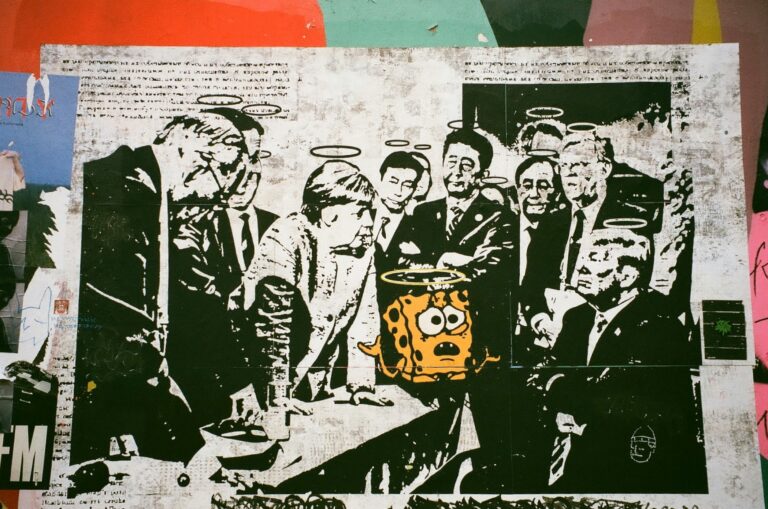
Political cartoons have been a fixture in the world of satire and commentary for centuries, using wit, humor, and artistic style to convey complex political messages. These images capture the spirit of the time and often highlight the absurdities, contradictions, and underlying truths of the political world. This article dives into the world of political cartoons, explaining their purpose, analyzing common themes, and examining a few popular cartoons that have resonated with audiences over the years.
Why Political Cartoons Matter
Political cartoons serve as an accessible and engaging way for the public to understand and critique current events. Unlike lengthy editorials or complex news articles, these cartoons boil down an issue into a single, impactful image, often relying on exaggeration, symbolism, and humor to make a point. They aim to provoke thought and discussion by revealing the irony or hypocrisy within political actions, policies, or personalities.
Historically, political cartoons have been a powerful tool for sparking political engagement and influencing public opinion. Figures such as Thomas Nast, who used cartoons to expose the corruption of New York’s Tammany Hall in the 19th century, demonstrated how imagery can serve as a potent form of political resistance. Today, political cartoons continue to engage audiences, with their messages often being shared widely on social media and in publications around the world.
Key Elements of Political Cartoons
Political cartoons rely on a few staple elements to convey their messages effectively. Here’s a breakdown of some common techniques and symbols found in political cartoons:
- Exaggeration: By overemphasizing physical traits, expressions, or actions, cartoonists highlight a particular quality or behavior of their subject, often making a politician look either overly absurd or incompetent.
- Symbols and Icons: Political cartoons frequently use symbols like the bald eagle (representing America), the Statue of Liberty (representing freedom), or even animals like the donkey and elephant (for the Democratic and Republican parties) to make a point more quickly and universally.
- Caricature: Cartoonists may exaggerate certain physical characteristics of politicians to emphasize personality traits, such as a large head to indicate arrogance or a small frame to suggest weakness or indecisiveness.
- Irony and Sarcasm: Political cartoons often make statements that are intentionally opposite of what they mean, a technique that emphasizes the absurdity or hypocrisy in a politician’s actions or policies.
- Labels and Captions: Words are often added to clarify the intended message or identify people and symbols, allowing cartoonists to tackle complex topics succinctly.
Now, let’s take a closer look at a few popular political cartoons and their underlying messages.
Popular Political Cartoons and Their Messages
1. “Join, or Die” – Benjamin Franklin (1754)
Cartoon Overview: This early American cartoon, created by Benjamin Franklin, features a segmented snake, with each segment representing a different colony. The caption reads, “Join, or Die.”
Message Analysis: This cartoon was initially published during the French and Indian War to encourage unity among the American colonies against foreign threats. However, it was later used in the Revolutionary War as a rallying cry for independence. The segmented snake powerfully symbolized the colonies’ fragmented state, while the call to “Join, or Die” conveyed a stark choice: unite or face annihilation.
Key Elements Used:
- Symbolism: The snake, which was thought to represent rebirth or healing in many cultures, is used here as a powerful image of both fragility and strength.
- Direct Message: The simple text conveys a strong call to action, making the cartoon accessible to all.
This cartoon exemplifies how early political cartoons didn’t rely on complex metaphors but instead used simple imagery and direct language to mobilize public opinion.
2. “The Bosses of the Senate” – Joseph Keppler (1889)
Cartoon Overview: This cartoon by Joseph Keppler depicts the U.S. Senate chamber with oversized, bloated men labeled with names of powerful corporations—like “Steel Trust” and “Standard Oil”—standing behind senators. The corporate figures loom over the chamber, symbolizing their influence and control.
Message Analysis: Published during the Gilded Age, when corporate monopolies wielded immense power over American politics, this cartoon criticizes the way big business controlled government. The corporations’ massive size and looming presence highlight their dominance, while the senators appear tiny and almost powerless.
Key Elements Used:
- Exaggeration: The corporate “bosses” are drawn much larger than the senators, emphasizing their overwhelming power.
- Symbolism: The corporate figures towering over the Senate symbolize the outsize influence of money in politics, a theme still relevant today.
This cartoon is a stark reminder of the corporate influence that persists in politics and is an example of how caricature and exaggeration can illustrate power imbalances.
3. “I Want You for U.S. Army” – James Montgomery Flagg (1917)
Cartoon Overview: James Montgomery Flagg’s iconic image of Uncle Sam pointing at the viewer with the slogan “I Want YOU for U.S. Army” became one of the most well-known recruitment posters in history.
Message Analysis: This cartoon wasn’t satire but rather a piece of persuasive propaganda encouraging enlistment in the U.S. Army during World War I. Uncle Sam, a symbol of American patriotism, directly addresses viewers, creating a sense of personal responsibility and duty to the nation.
Key Elements Used:
- Personification: Uncle Sam, as a personified figure of the U.S., is meant to create a personal connection.
- Direct Appeal: The caption uses an active, imperative tone that compels the viewer to take action.
While not technically a satirical cartoon, this image demonstrates the power of using symbols and direct language to galvanize public support and achieve a political objective.
4. “Sinking Ship of FDR’s New Deal” – Multiple Artists (1930s)
Cartoon Overview: Various political cartoons from the 1930s depicted President Franklin D. Roosevelt’s New Deal policies as a “sinking ship” or “runaway train,” portraying the policies as dangerous or misguided.
Message Analysis: These cartoons criticized the New Deal, often suggesting that it was a reckless expansion of government power that could “sink” the economy. The sinking ship metaphor illustrated doubts about the New Deal’s sustainability and fiscal responsibility, framing Roosevelt’s policies as potentially disastrous.
Key Elements Used:
- Metaphor: The sinking ship represents the perception that Roosevelt’s policies could harm the economy.
- Irony: By showing a beloved figure (FDR) in a precarious situation, the cartoonists highlight the risks of untested policies.
These cartoons reflect the fears some Americans had about the New Deal, illustrating how imagery can influence public opinion on complex policy matters.
5. “Hope and Change” (Obama Election, 2008)
Cartoon Overview: During Barack Obama’s 2008 presidential campaign, political cartoons often depicted him as a symbol of “hope and change,” frequently in superhero attire or as a larger-than-life figure.
Message Analysis: This imagery both praised and mocked Obama’s campaign promises. Supportive cartoons framed him as a beacon of hope who could restore America’s image, while skeptical ones poked fun at the public’s expectations, suggesting that such idealism could be unrealistic.
Key Elements Used:
- Caricature: Obama was often drawn with exaggerated features, capturing his iconic smile or his towering presence in debates.
- Irony and Sarcasm: By elevating him to a heroic status, cartoonists critiqued both the high expectations placed on him and the potentially naive optimism surrounding his campaign.
These cartoons illustrate how satire can cut both ways, lauding a figure while simultaneously questioning their promises.
6. “Make America Great Again” – Trump and the MAGA Hat
Cartoon Overview: Donald Trump’s “Make America Great Again” slogan became a fixture of political cartoons, often represented by his red MAGA hat. Cartoons portrayed Trump wearing the hat in various exaggerated situations, commenting on his policies or personality.
Message Analysis: The MAGA hat became a symbol of Trump’s populist message and nationalist stance, but in cartoons, it also represented divisiveness and a nostalgic yearning for an idealized past. Cartoons featuring the hat either critiqued Trump’s policies or questioned what “great” meant.
Key Elements Used:
- Symbolism: The red hat served as a shorthand for Trump’s entire platform and persona.
- Exaggeration and Caricature: Cartoonists often used bold expressions and body language to amplify Trump’s confidence and, sometimes, his disregard for norms.
Through this iconography, cartoonists explored the polarized reactions to Trump, using the hat as a quick identifier for his influence and ideology.
The Lasting Impact of Political Cartoons
Political cartoons continue to be a powerful tool in modern media. As much as they entertain, they also educate by making political events and figures more relatable and engaging. They challenge readers to think critically, providing an accessible platform for political commentary and, occasionally, igniting heated debates.
Whether they’re questioning the efficacy of a policy, highlighting government corruption, or simply poking fun at a politician, political cartoons offer a unique way to process and reflect on the world of politics. By blending art with sharp observation, cartoonists hold a mirror up to society, revealing both our strengths and our foibles.
In an age of fast information and social media, political cartoons remind us that sometimes, a single image really can say more than a thousand words.






